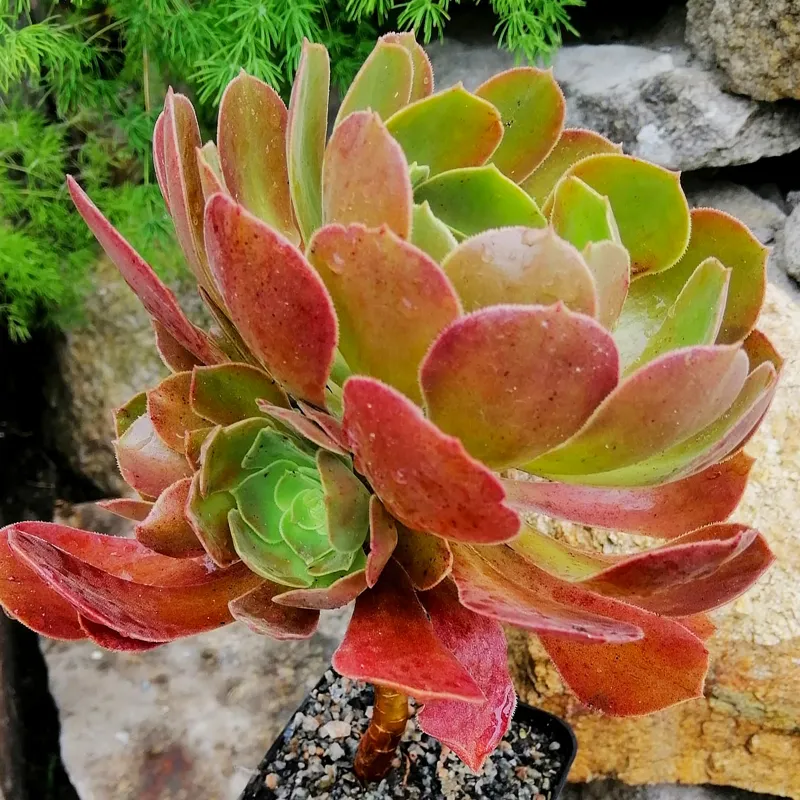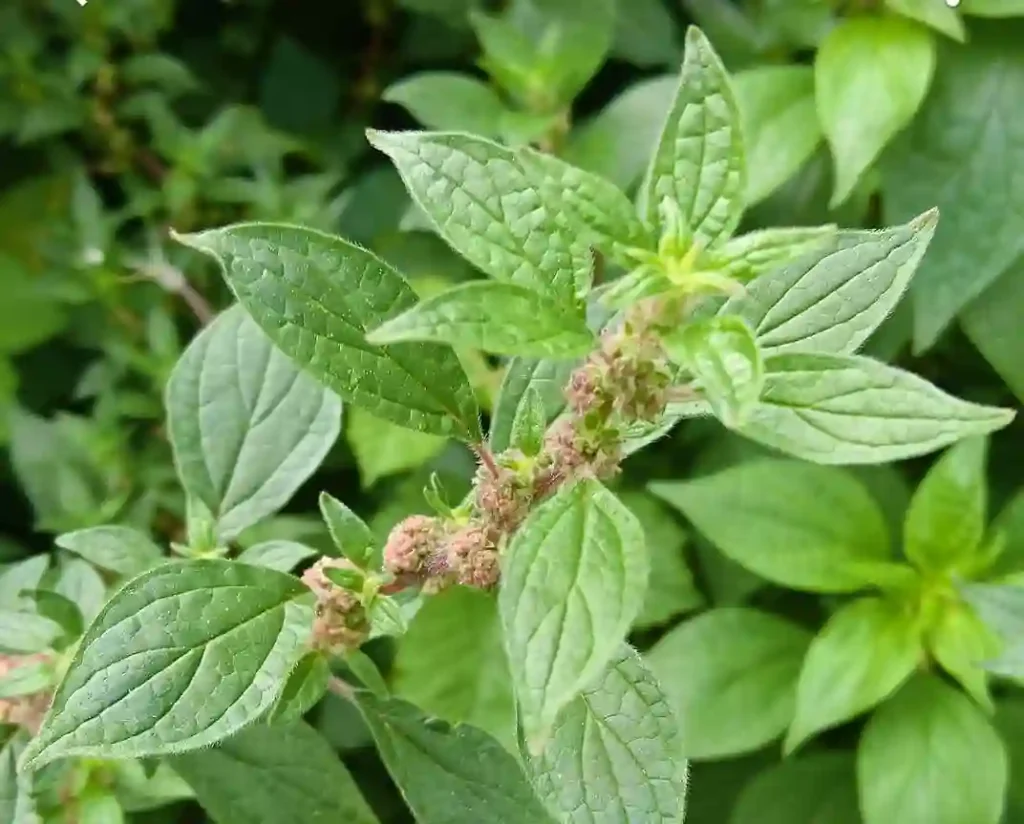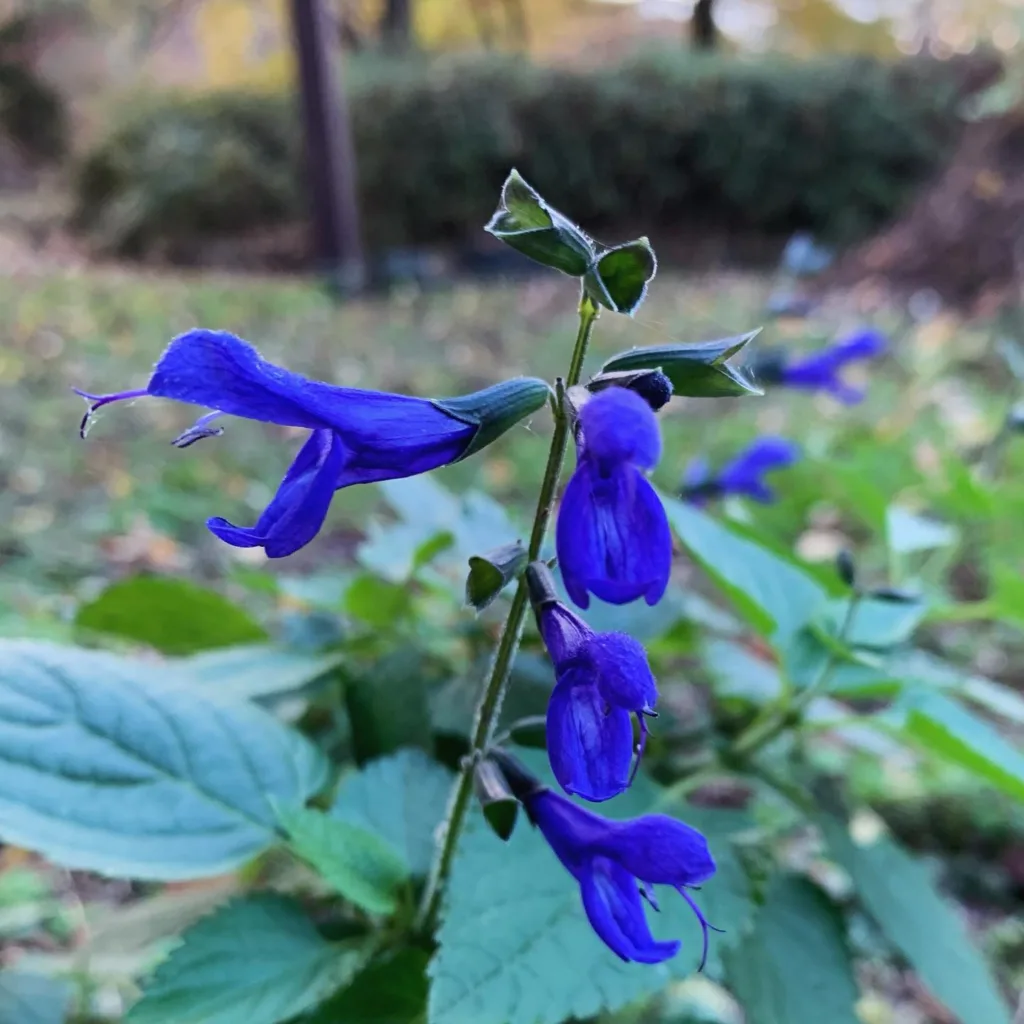
Linum Grandiflorum: A Burst of Scarlet Beauty in Your Garden
There’s a certain magic to seeing a field of wildflowers swaying in the breeze. The untamed vibrancy, the carefree dance of color – it’s a scene straight out of a painting. And if you’re looking to capture a bit of that magic in your own garden, then Linum Grandiflorum, also known as Scarlet Flax, might be the perfect addition.
215 Species in Genus Linum
For years, I’ve been captivated by the fiery red blooms of Linum Grandiflorum. These aren’t your average, wilting wildflowers. Scarlet Flax boasts bold, poppy-like flowers that stand out against emerald green foliage, adding a jolt of color that transforms any sunny corner. But beyond its undeniable beauty, Linum Grandiflorum offers a surprising amount of low-maintenance charm.
Now, before you get carried away picturing yourself frolicking through a field of your own Scarlet Flax, there are a few things to consider. Let’s delve deeper into this captivating flower.
What is Linum Grandiflorum?
Linum Grandiflorum is a native of the North African region, but it has found a happy home in gardens across the globe. This annual herb produces an upright stem adorned with slender, waxy leaves. The true stars of the show, however, are the vibrant red flowers. Each bloom boasts five large petals that unfurl like miniature crimson flags, creating a display that’s both delicate and bold.
There are also cultivated varieties available, like Linum Grandiflorum Rubrum, which offers a slightly deeper shade of red. These cultivars add a touch of variety and allow you to personalize your garden’s color scheme.
How to Care for Linum Grandiflorum?
One of the biggest draws of Linum Grandiflorum is its easygoing nature. This is a plant that thrives on neglect, making it perfect for busy gardeners or those new to the world of horticulture. Here’s what you need to know:
- Sun: Scarlet Flax craves sunshine. Plant it in a location that receives at least six to eight hours of direct sunlight daily.
- Soil: While not overly fussy, Linum Grandiflorum prefers well-drained soil. Sandy loam is ideal, but amending your existing soil with compost or sand can work wonders.
- Watering: Once established, Scarlet Flax is surprisingly drought-resistant. Water deeply when the soil feels dry to the touch, but avoid overwatering.
- Feeding: Fertilizer isn’t necessary for Linum Grandiflorum. In fact, too much nitrogen can lead to leggy growth and fewer blooms.
How to Propagate Linum Grandiflorum?
If you want to extend the fiery display of Scarlet Flax in your garden year after year, then propagation is the way to go. Here are two methods you can try:
- Seed Saving: Allow the flowers to dry on the plant and collect the seeds once the capsules turn brown. Sow the seeds indoors six to eight weeks before the last frost, and transplant the seedlings outdoors once the danger of frost has passed.
- Self-Seeding: Linum Grandiflorum readily self-seeds, often popping up in unexpected but delightful places throughout your garden. You can simply allow these volunteers to grow where they fall, adding a touch of whimsical charm to your landscape.
What to Plant with Linum Grandiflorum?
Scarlet Flax pairs beautifully with a variety of plants, creating a vibrant and textural tapestry in your garden. Here are some ideas:
- Companion Flowers: Daisies, Yarrow, and Coreopsis complement the fiery red blooms of Linum Grandiflorum with their cheerful daisy-like flowers.
- Grasses: Ornamental grasses add a touch of movement and softness to the border. Consider planting Calamagrostis or Stipa tenuissima for a stunning contrast.
- Silver Foliage: Silver foliage plants like Lavender or Artemisia provide a cool contrast to the red blooms and add a touch of sophistication.
Is Linum Grandiflorum Rubrum Edible?
While Linum Grandiflorum itself isn’t considered edible, its close relative, Linum Usitatissimum, more commonly known as Flax, is the source of those beloved flaxseeds. However, it’s important to note that only mature, processed flaxseeds are safe for consumption. The immature seeds and other parts of the Linum Usitatissimum plant can be toxic.
Conclusion
Linum Grandiflorum is a low-maintenance flower that delivers a high-impact punch of color. With its easy-going nature and vibrant blooms, it’s a perfect addition to any garden. So, if you’re looking for a plant that adds a touch of fiery elegance without demanding constant attention, then Scarlet Flax might just be your new best friend in the garden.
If i die, water my plants!



